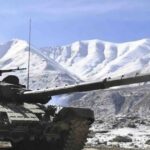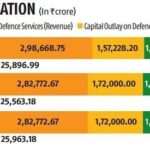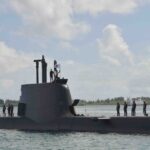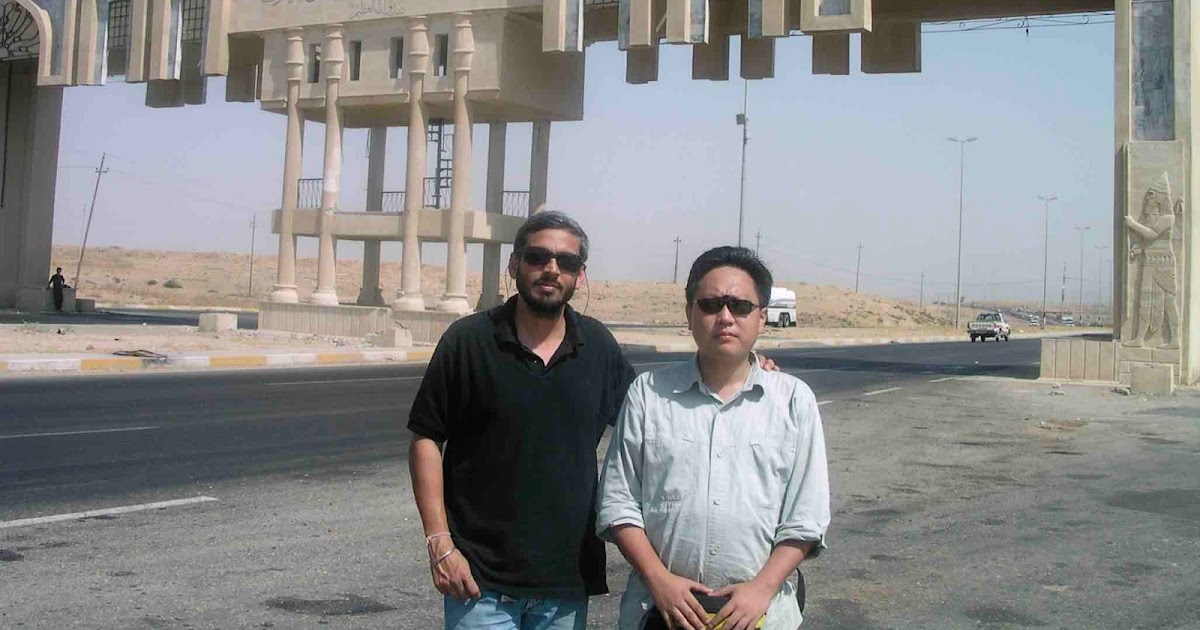
With my intrepid cameraman, Akhai Shimray, a little shot at the gates of Mosul, Iraq
By Vikas Gupta
Defence News of India, 7 Apr 23
On Sunday, it will be exactly 20 years since American tanks entered Baghdad and “liberated” the Iraqi capital. The day before, Saddam Hussein had fled from his presidential palace in the Green Zone to an underground refuge, built by his loyal Albu Nasir tribesmen in his hometown, Tikrit. It will be his refuge until December 2003, when he will be captured by American troops and hanged three years later.
As US troops poured into Baghdad, so did journalists. In an image broadcast around the world, a frantic crowd in Baghdad, aided by a US armored vehicle, pulled down the bronze statue of Saddam in Firdos Square. A horde of reporters watched this scene from the Paradise Hotel and the Sheraton Ishtar Hotel, cameras roaring.
At lunchtime on April 14e, I joined the queue of “outdoor broadcast” (OB) journalists on the roof of the Sheraton Ishtar, a major part of the programming of all television news channels, in which news anchors chatted with their correspondents in the field of the main developments of the day’s news. There must have been at least 50 to 60 of the best war correspondents in the world on this list. Squinting to my right, I saw the legendary Robert Fisk begin his OB. “There is a sense of rebirth in Baghdad, the end of an era,” he said. “Saddam is gone and the United States of America is here as the last emperor.”
But my attention quickly turned to my own cameraman. Fisk was here for a routine news program, but I had a much bigger job. It was the first live OB from Iraq for New Delhi television since the capture of Baghdad by the American army. It was tempting to toe Robert Fisk’s line, but I had sensed in my street conversations the beginnings of Iraqi resentment against American occupation and an inevitable return of Arab pride. And so I reported.
Back in India, I followed developments in Iraq and the growing anger of Iraqis over the failure of the United States to restore law, order and infrastructure in the battered Iraqi capital. As anger grew and a religious and sectarian insurgency pitted Iraq’s Shiite majority against the Sunni minority, I learned in New Delhi of a request from Washington for a division of the Indian army (about 18,000 soldiers) to take responsible for the enforcement of law and order in the country. Kurdish regions of northern Iraq. While the story dominated the television news bulletins, the government remained silent. But NDTV chief Prannoy Roy wasted no time in spotting a timely opportunity. Sending for me, Dr. Roy proposed that I and a cameraman go to northern Iraq – specifically the cities of Mosul and Erbil – and survey at least a thousand local residents to find out if the soldiers Indians would be welcome as peacekeepers in northern Iraq. .
The 19e In August 2003, we traveled to Baghdad from the Jordanian capital, Amman, a route we had perfected through several reporting trips to Iraq. With our ballot papers and our cameras, we started our ballot in Mosul, the main Kurdish city in northern Iraq.
The poll, which was the first ever held in the biblical city of Mosul, can be described as eventful. This included our arrest – and subsequent release – by the Peshmarga, the Kurdish militia, who were unfamiliar with the concept of citizen opinion. Suffice to say that the Iraqis we interviewed flatly rejected the notion of Indian peacekeepers, opting instead for a UN-mandated mission with peacekeepers from different countries. When NDTV aired the story, it was seen by the Prime Minister’s Office (PMO) and Prime Minister Atal Behari Vajpayee himself ruled out the proposal to send Indian troops to Iraq.
American-Indian relations were beginning to blossom at this time, but Indian domestic politics were not designed to support the notion of “blood money” – the sacrifice of soldiers’ lives by Allied forces as a sign of solidarity. Vajpayee was politically savvy enough to see that while this would be a huge boost to US-India relations, it would be viewed extremely negatively by the Indian voter.
Even so, the US-India relationship was destined to blossom. The leadership role played by the Indian Navy in the aftermath of the December 2004 Asian tsunami, the 2005 Defense Framework Agreement and the growing cooperation that led to the US-India Civil Nuclear Agreement appeared to have placed the relationship on an irreversible trajectory. , which has seen steady growth with the designation of India as a major defense partner in 2016, and the signing of three “fundamental defense agreements” shortly thereafter.
However, those promising early days had all the strategic ingredients needed for a US-India relationship to flourish. There was high-level chemistry between top leaders on both sides; it had strategic “deliverables” for the bureaucracies of both sides to focus on, and it had common military tactical goals and defense materiel requirements that brought the two sides together. Today, there is little of all this. There is a common understanding on both sides that the United States needs India to contain China. There is a tacit understanding that India will buy US weapons and defense equipment and that the two sides will exercise together to build interoperability against “common enemies”. But, beyond that, there is little tangible to move the relationship forward.
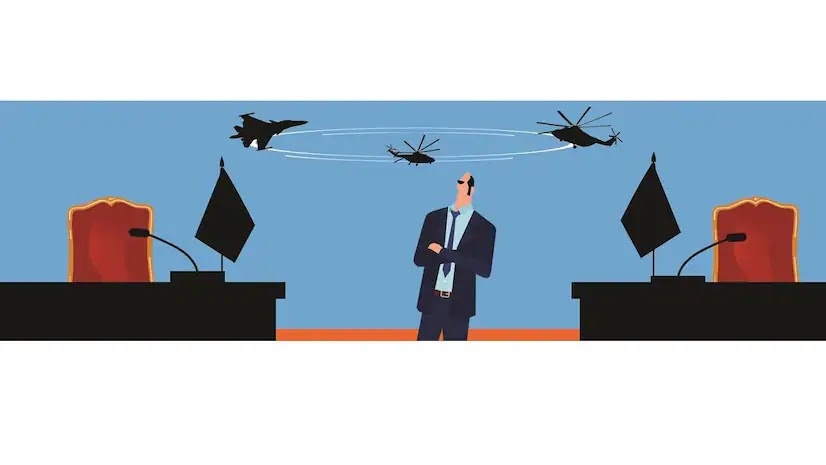
A crucial gap is the striking lack of chemistry between the President of the United States (POTUS) and the Prime Minister (PM). It would seem that the Democrats are at least as inclined towards India as the Republicans. However, in fact, Republicans have been more forward-looking – neither has President George W Bush. Democratic political bosses have not yet forgotten Modi’s utterance “Abki baar, Trump sarkaar”. Democrats have been held back by notions of human rights abuses by India, some of which are true. Meanwhile, India’s Foreign Minister S Jaishankar has engaged in unnecessary political battles with statements criticizing the US human rights record. He clearly takes his cues from the top.
Defense cooperation is also running out of steam, with no expensive purchases moving the relationship forward. India’s big purchase of 114 fighter jets is not going America’s way, while plans to manufacture General Electric F-414 fighter engines in India are making little progress. In order for GE to proceed with engine manufacturing in India, it is necessary to have a “Manufacturing License Agreement” (MLA), for which GE would need to obtain permissions from the US triumvirate: the US Departments of State, trade and defence. There was a big push to get that done during National Security Advisor Ajit Doval’s visit to Washington in February. But the case is pending.


